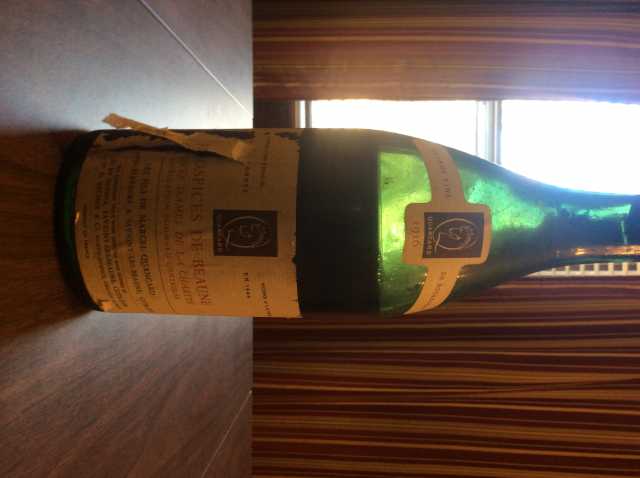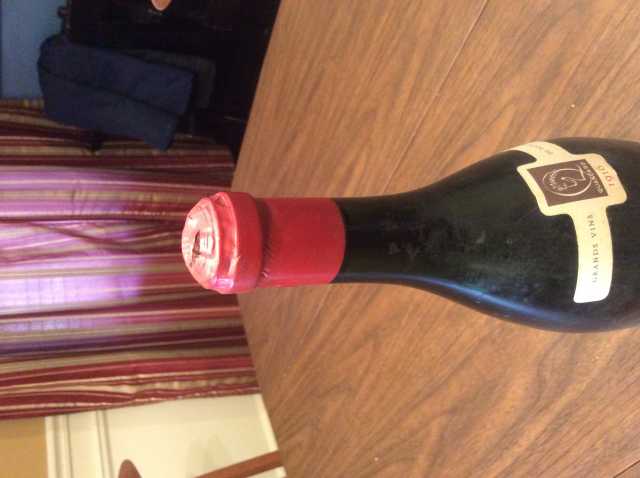As I said before, I have opened by myself around 4,250 wines prior to 1970 since I have records, which means since 2000.
What I have decided to do is the fruit of my observations.
For example, I used to enlarge the surface of the wine by pouring a small glass. And when I realised that the size of the surface has no influence on the evolution of the wine, I decided to no more pour a glass, procedure which has the advantage of not disturbing the wine by a possible excess of aeration.
I did not study what happens according to the region or the grape variety, and I would say that 4 or 5 hours does not make a big difference. What is important for me is that a wine which has a ugly smell that 95% of wine amateurs or professionals would throw away has a chance to come back to life and it is spectacular how miracles happen, and to give the chance to very good wines to become largely more open and agreeable with this process.
I do not feel necessary to justify it by scientific reasons, I just want to give the testimony that it works. And works with spectacular results.
Everybody is allowed to not believe in the results. What can I do ? Nothing.
When you buy a camembert, the first day it is too early. Five days later, you have a perfect camembert. I cannot prove by scientific arguments that the camembert becomes better, but it becomes better.
If I tell you that old wines become better after 4 hours of gentle aeration, I tell you. I cannot prove it but it is a fact, witnessed by many sommeliers, many chefs, many winemakers who smell the wines with me before and after.
I have exposed examples of miracles like a Yquem 1874, a Romanée Conti 1956 which I had declared dead and which came back to life.
If some of you doubt, I can only say : it is what I have experienced thousands of times.
Of course everybody can think : he was wrong since the beginning. But against that I have no answer, and I will continue for the pleasure of people who drink wine with me and are impressed by the quality of what they drink.
As I have answered hundreds times at such questions I hope it is understandable that I do not feel so much the desire to try to convince once again. And I accept that people doubt if they want to.


